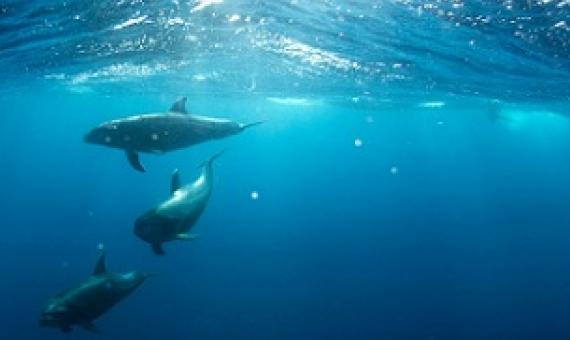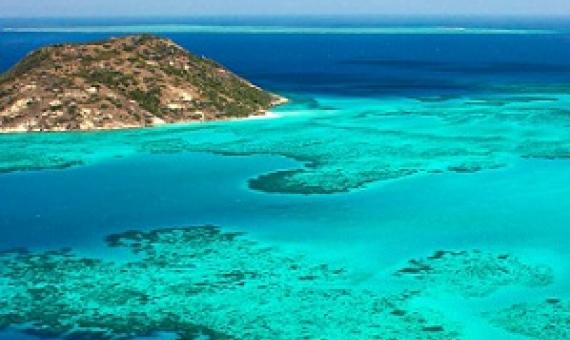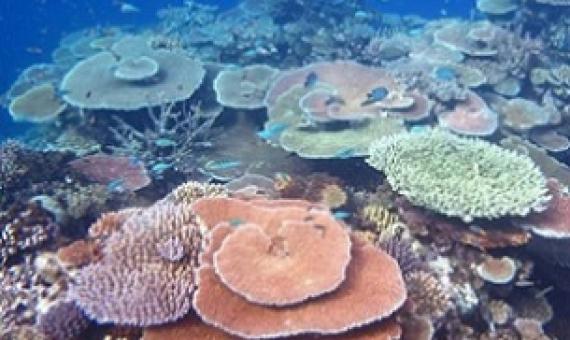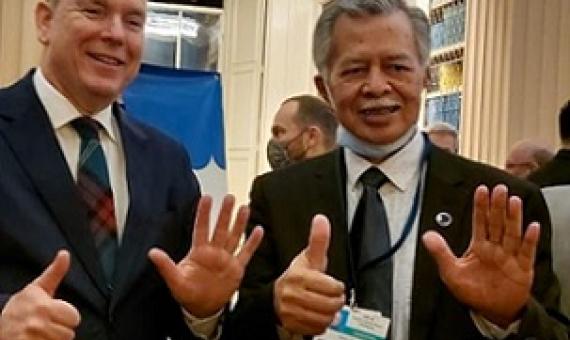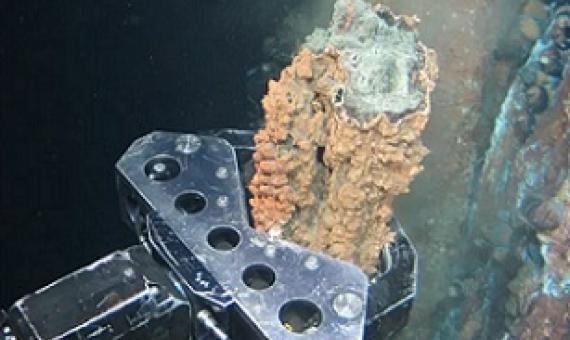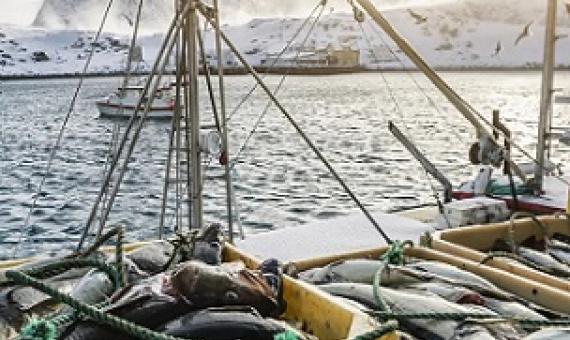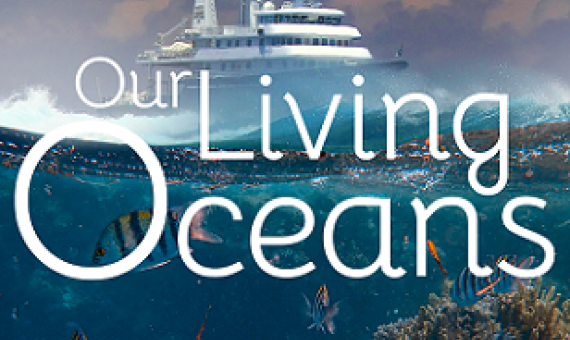Our oceans are under pressure like never before, with over 60% struggling from the increasing impact of fishing, coastal activities and climate change. The harsh truth is that as we move towards 2022 only 3% of oceans are totally free from the pressure of human activity.
As coastal areas become increasingly developed, concerns are growing about levels of artificial light at night (ALAN) and its potential impacts on the marine environment.
In 2016, Stephen Simpson, a marine biologist at the University of Bristol in England, returned to a study site off Australia’s Lizard Island, part of the Great Barrier Reef.
Climate change is altering familiar conditions of the world's oceans and creating new environments that could undermine efforts to protect sea life in the world's largest marine protected areas. The changing conditions also have cultural and economic implications for the people whose traditi
Puna made the remarks at the High level launch of the ‘Third Because the Ocean Declaration’ that was held at the University of Edinburgh on Sunday, as part of the COP26 event. “We must maintain the health, productivity and resilience of our ocean and its ecosystems.
Fiji will be highlighting the nexus between oceans and climate change at COP26, and its impact on vulnerable coastal communities.
The demand for minerals—specifically, strategic metals such as cobalt, nickel, copper, and manganese—has been steadily increasing with population growth and changing consumption patterns in the developing world.
Tickled by sunlight, life teems at the ocean surface. Yet the influence of any given microbe, plankton, or fish there extends far beyond this upper layer.
Protecting the world’s oceans and its resources could be coming closer to reality as countries gather this week in China for the United Nations Conference on Biological Diversity.
EarthxTV presents a new original series, airing on September 6th that reveals the hidden life within our oceans.

